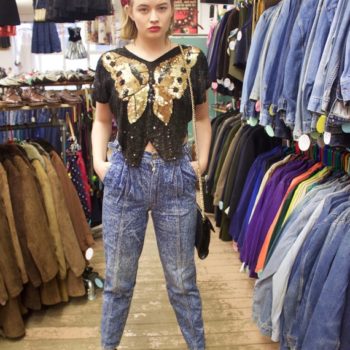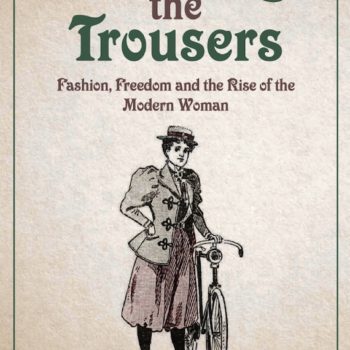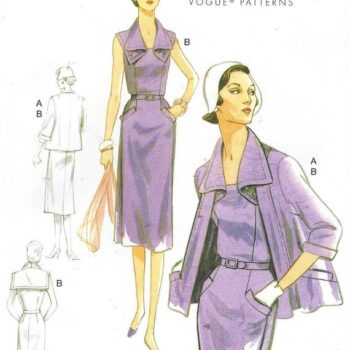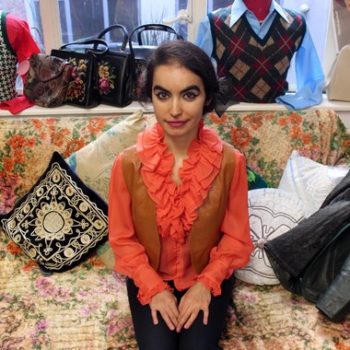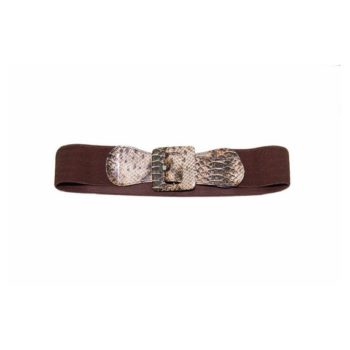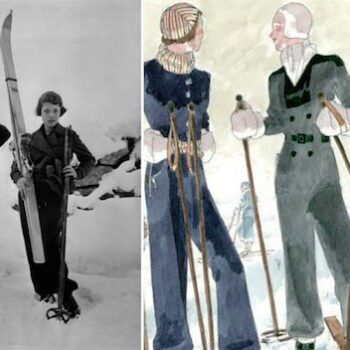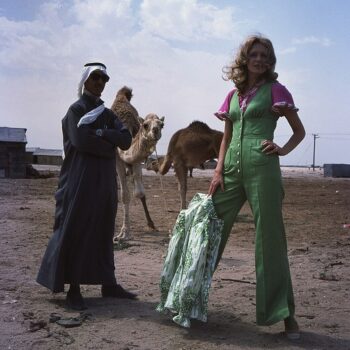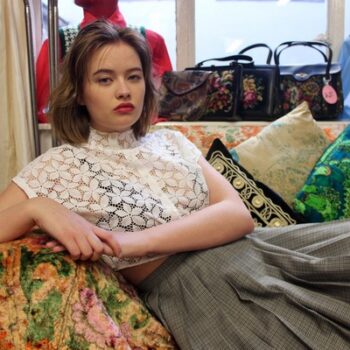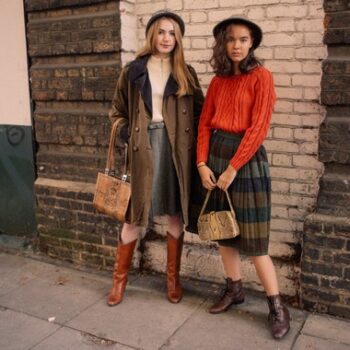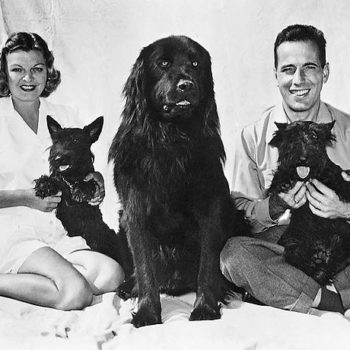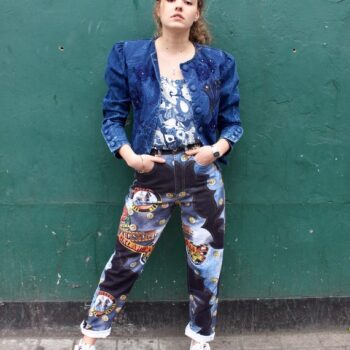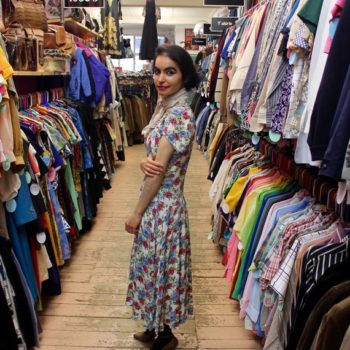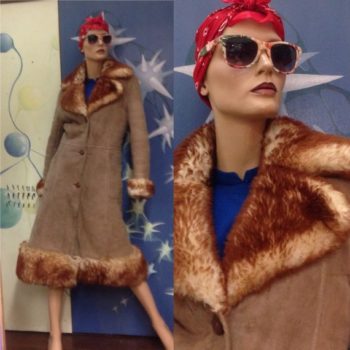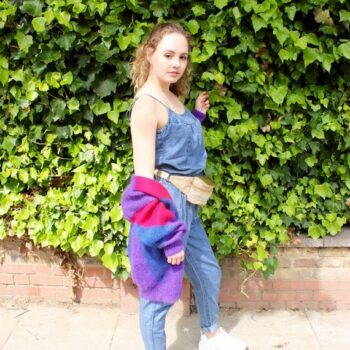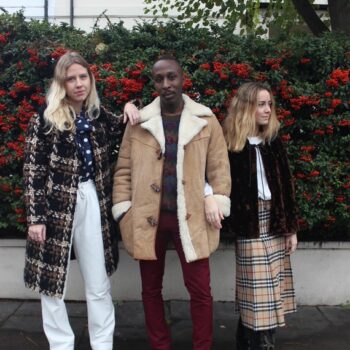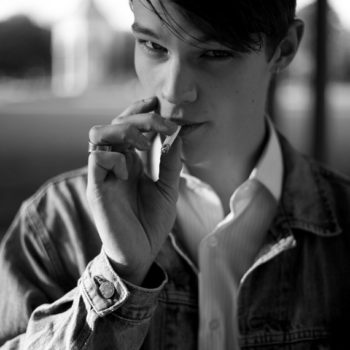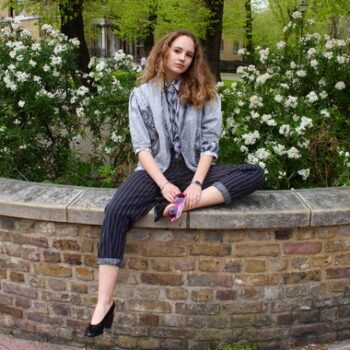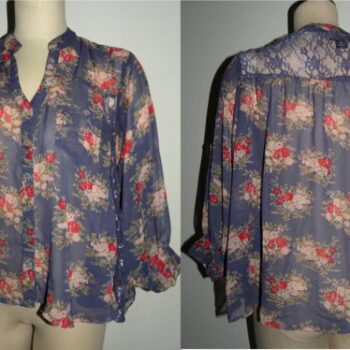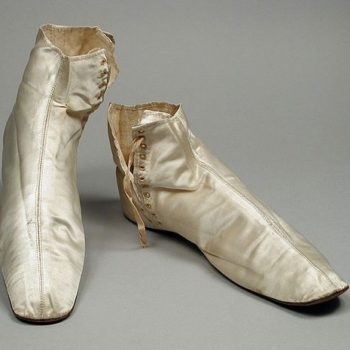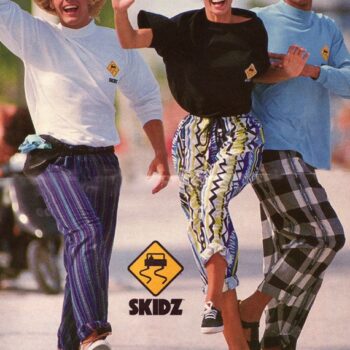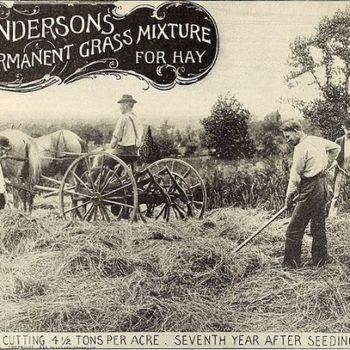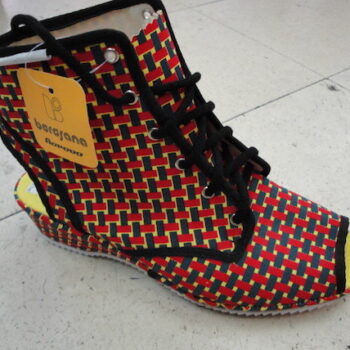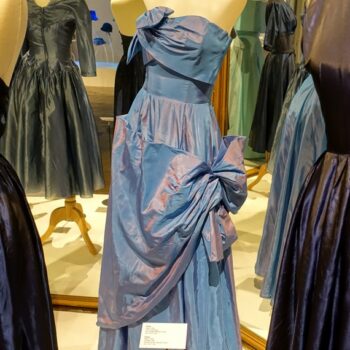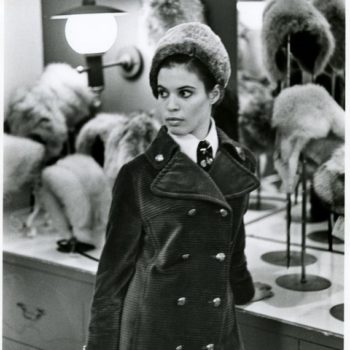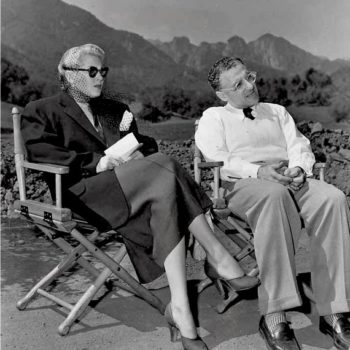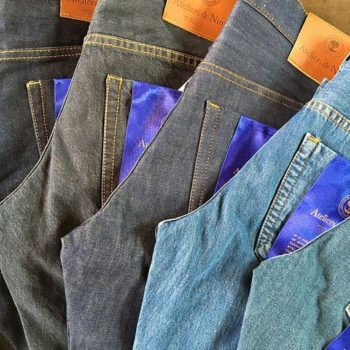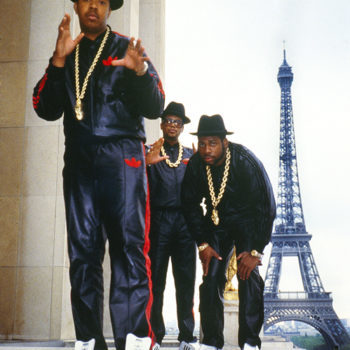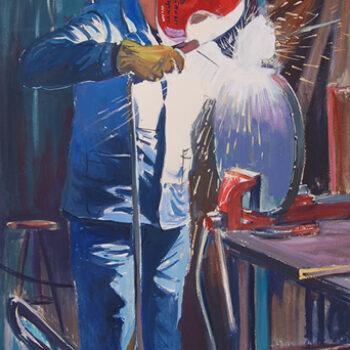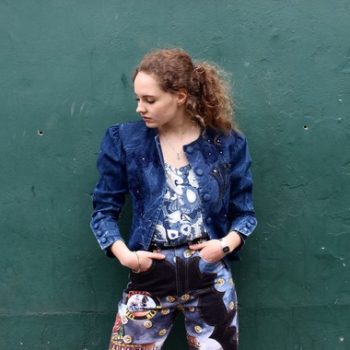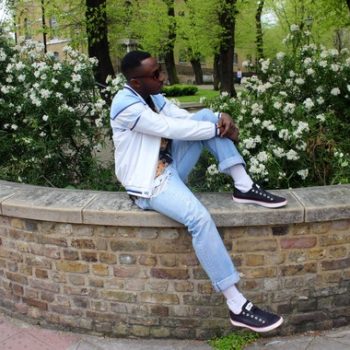What Does Every Woman Really Want? Pockets!
April 4, 2020There has been a lot of discussion online about pockets recently. Pockets in women’s clothing today are, it’s agreed, too small. There is an enduring myth that pockets have always been small-to-nonexistent for women’s wear, because we carry handbags/don’t have anything to carry around/are too dainty to carry it anyway/because we do not leave the house. I have also seen it argued that it is physically impossible to design pockets for the female figure, especially on trousers, because of the shape of our bottoms. Vintage pockets did not exist. This is all untrue and so today’s post is all about the joy of pockets!
Why we need them
In some ways, now we need big pockets, particularly in jeans, more than we did twenty or so years ago. It is impossible to stuff a phone in the small pocket in our jeans, and since it’s equally impossible to get a small phone, it’s bound to fall out and smash. The obvious answer: get a smart watch AND a phone. Phone in bag, watch on wrist. No, wait… a digital detox? Leave the phone at home. How about the middle ground where we can keep the phone on us, in our pocket?
To be honest, that’s why I have gone right back to the 1940s and 50s in style. A time when trousers were roomy yet still flattering, had high waists so you don’t show your bum crack when you bend over, and those big pockets were capacious. Perhaps you could also try a 90s look with combat trousers if you want even more pockets. There was no lack of pockets in the 90s either, although the decade also featured fake pockets, pockets sewn shut, and pockets for decoration too.
Vintage Military
I was recently in a second world war film where I was dressed in an authentic 1940s Women’s Auxilary Air Force (WAAF) uniform. I suppose the equivalent of combat trousers, it was a combat tunic that had four roomy pockets, while there were more on the matching greatcoat. It was also, incidentally, a lovely shade of blue grey and I remember how pleased the model Maxime de la Falaise was when she signed up to the Women’s Auxilary Air Force with its blue uniform. Airforce blue is definitely all its cracked up to be.
For the aesthetics of the film, we were sadly not allowed to stuff these pockets with, for example, biscuits, chewing gum, lipstick and sneaky snacks. But I can tell you that they all definitely fitted, before the costume department discovered my cache and banned it. I’m not sure if they filled their pockets right to the brim back in the day. But I imagine they carried the essentials in there too.
Vintage Pocket Influencers
These uniforms really influenced fashion. Even under wartime restrictions and the Utility Scheme, a military look was popular. This included square shoulders, brass buttons and big pockets. If pockets weren’t important to people, they would definitely not have been included. Regulations were so strict that turn ups on men’s trousers weren’t permitted.
Here is a Utility jacket designed by Peter Russell by 1942. It is rigidly tailored but has, as the description notes, “Important pockets”. Right through the 1940s the pocket on a fitted jacket, whether for town or country, was an indispensable part of the design. Designers played with the placement and shape of them in the same way that they changed the width or the trimming on a lapel. Here, in 1930, Norman Hartnell has gone a little crazy on them.
Vintage Jeans and Trousers
Regarding pockets on blue jeans I mentioned. During the second war it’s true that women often slipped on men’s trousers for convenience. But women’s trousers were specifically designed and worn for a long time prior to that in western fashion. We’ve talked about Rational Dress and Amelia Bloomer before, along with trousers for cycling. But it’s perhaps the 1920s when we see a formal tailored woman’s trouser.
They do not quite correspond with modern trousers in that the crotch was always a lot lower that today’s – quite a strange, baggy look. However, it is something that is very explicable when you put on a jumpsuit of pair of overalls. Modern versions of these are not generously cut, and the lack of fabric is often felt when you sit down. The fabric rides up to with nowhere to go than to cut you in half. The original “Rosie the Riveter” jumpsuits for practical wartime work and trousers before then didn’t have this problem. Jeans started to be popular for women in the 1950s and they were baggier, worn rolled at the shin.
From Pockets to Handbags
Originally pockets were detachable. They consisted of one or two little bags on a string around the waist. The pocket was worn underneath the skirt and petticoats, but there were slits in both to easily access it. The pockets were large enough to carry lots of little things safe and close to the body. But fashion moved away from huge skirts, fashionable for hundreds of years, to much slimmer designs in the 1910s. There wasn’t room for the pocket on the inside any more. So little bags were carried instead. This continued in the 1920s and 30s, before practical pockets came back in a big way in the 40s. In this regard, although the 1920s shapes were supposed to be more freeing, they were actually less practical. You do see slim pockets on dresses and blazers, but they are mainly decorative.
Return of the Pocket!
From the 40s to the 70s, the pockets carried on being practical, but the trend for very tight jeans did see them dwindle in size a bit. Still, most clothing was well equipped. It was perhaps the trend in the 90s for very low waisted jeans, which didn’t leave much room for pockets, that seriously started the decline. Cheap fashion also really gathered momentum then, and not a scrap of fabric was to be wasted on unseen details.The trend has continued downward for a few decades. Since then, as evinced by reports of women delighted to find functional pockets in their skirt or trousers, we are perhaps seeing more pockets again. The high waisted trend gives more room for them, but I also like to think that a new essence of practicality and style has once again pervaded the zeitgeist.




